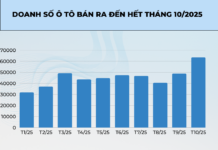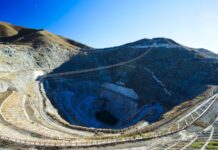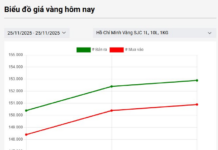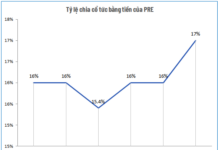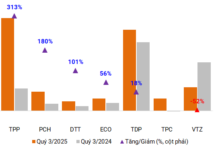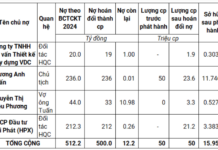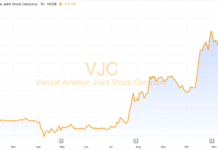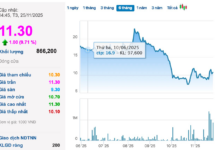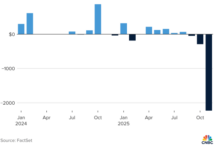Vietnam’s imports from China have surged in the first seven months of the year, highlighting the country’s reliance on its northern neighbor for key commodities and raw materials.
The figures show that computers, electronic products, and components topped the import list. Vietnam spent a whopping $28.5 billion on these items from China, marking a 46.7% increase compared to the same period last year.
Following closely are machinery, equipment, tools, and parts, with an import turnover of $21.3 billion, a significant 35.5% surge, outpacing the country’s overall import growth rate for the same category.
China is also a major supplier of other goods, including mobile phones and components ($5.1 billion), various types of fabric ($6 billion), textiles, footwear, leather, and accessories ($2.44 billion), and textile fibers ($1.1 billion). These figures indicate a strong recovery in Vietnam’s textile, footwear, and leather industries, which are key export sectors heavily reliant on Chinese raw materials.

Vietnam’s imports from China totaled over $101.4 billion in the seven-month period.
Additionally, the import of plastic products from China reached $3.6 billion, a 31.2% increase, while the import of plastic raw materials stood at $2.2 billion, a 24.4% surge.
Another notable development is the boom in the automobile sector. Vietnam spent nearly $888 million on importing complete built-up (CBU) units from China in the seven-month period, a remarkable 70.42% increase. Similarly, the import turnover of automobile components and spare parts reached $1.1 billion, a record-breaking 74.7% increase, reflecting robust domestic consumption and a shift in supply sources for vehicles and parts from China.
Furthermore, several other commodities imported from China witnessed significant growth during this period, including animal and vegetable oils, precious stones and metals, perfumes, cosmetics, and hygiene products, with growth rates ranging from double to triple digits.
In contrast, Vietnam’s exports to China in the same period reached $35.02 billion, a modest 7.8% increase, translating to a $2.5 billion surplus. As a result, Vietnam currently has a trade deficit of approximately $66.4 billion with China.
The surge in imports from China plays a crucial role in maintaining Vietnam’s production supply chain across various sectors, from electronics and machinery to textiles and automobiles. However, experts emphasize the need for Vietnam to urgently develop its domestic supporting industries while diversifying import partners to include countries like South Korea, Japan, ASEAN nations, and India, thereby reducing risks and creating a more balanced international trade landscape.
The Leading Vietnam-Japan Industrial Exhibitions Open in Hanoi
The VME & SIE 2025 exhibitions are anticipated to be a comprehensive trade and technology promotion platform, contributing to the concretization of the government’s prioritized industrial support policies.
The Artistry of Efficiency: Crafting Highways with Panache
A whimsical take on an otherwise mundane title, this rendition paints the construction of highways as a performance, an art form even. It evokes a sense of elegance and finesse, a stark contrast to the usual perception of highway construction as a tedious and laborious process.
The Chairman of Hoa Vang District People’s Committee in Da Nang City announced that the land clearance work for the Hoa Lien – Tuy Loan Expressway project is essentially complete.



